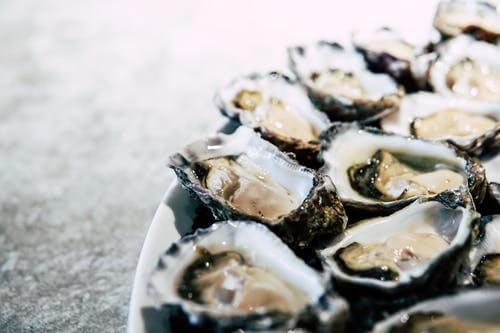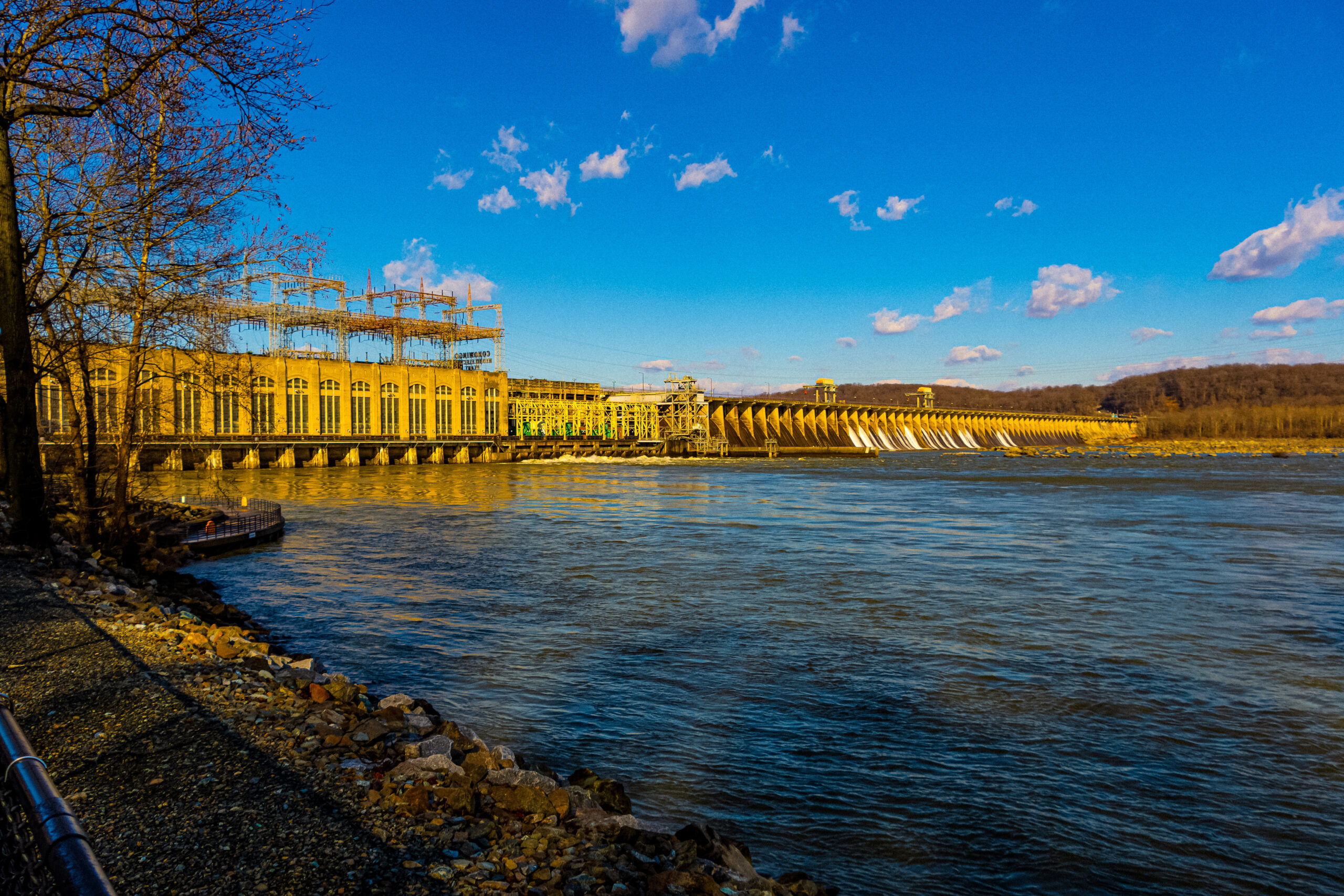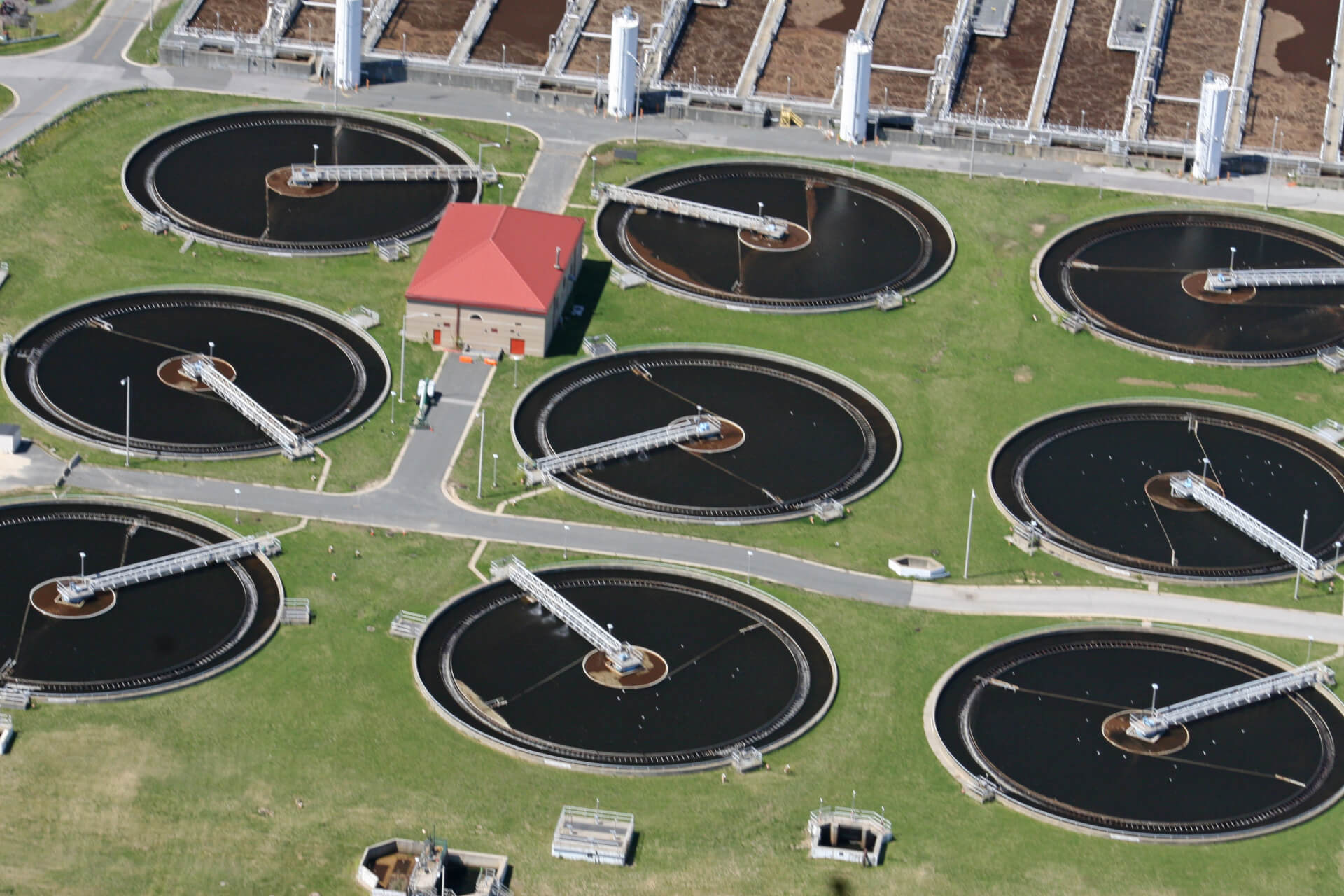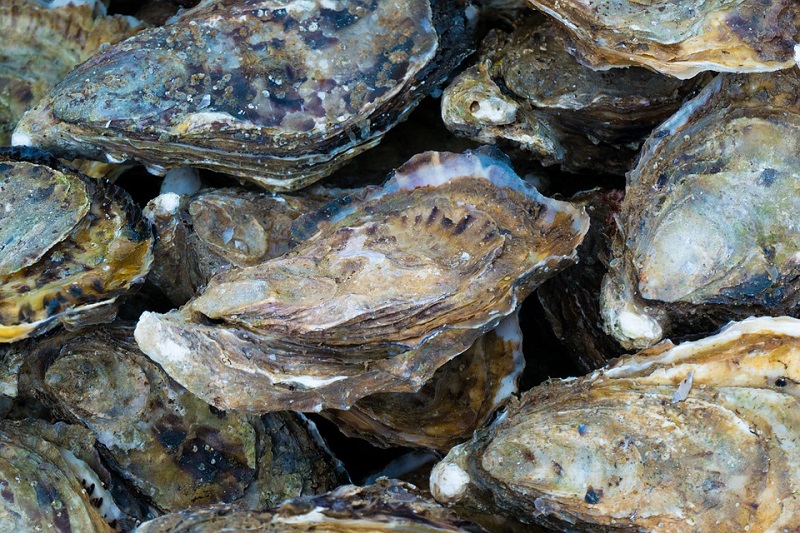Maryland oyster farmers are not immune from the COVID-19 pandemic’s economic challenges.
One of the main impacts on the watermen who harvest the succulent mollusks — and on the vendors who sell them — is the closing of restaurants and other hospitality venues, said Allison Colden, Maryland fisheries scientist for the Chesapeake Bay Foundation.
“More than 90% of oysters are consumed in restaurants and other hospitality venues rather than in the home,” Colden said.
A lot of consumers, she said, generally reserve their oyster eating for when they go out.

Photo by Elle Hughes/pexels.com
“That may be because people are a little trepidatious about handling oysters — making sure that they’re handled safely. Shucking oysters … can be a very daunting task — and, frankly, a dangerous one if you’re not quite sure what you’re doing,” Colden said.
Many restaurants shuttered as a result of the pandemic, “and when that happened, the oyster market vanished overnight.”
Maryland’s oyster season, which runs through the end of March, began Oct. 1.
Colden said the dampened market could plummet further as more oysters are introduced into the market.
“We expect there to be lower prices than we’ve seen in recent history, perhaps to the point where some processors may not even be purchasing oysters, and some watermen may choose not to actually go out and harvest those waters,” Colden said, “because the price point isn’t there to make it worth their time, the maintenance, the fuel and paying the crew that would be required to do that.”
The Chesapeake Bay Foundation released an economic analysis in April that said “oyster aquaculture operations in Maryland contribute an average of $9 million per year to the state’s economy.”
Colden said that the industry has grown by about 24% per year since 2010.
But heavy rainfall in 2018 and lingering low salinity in 2019 have set this year’s pandemic as a “third strike in a series of challenging events that had already impacted the oyster industry.”
Colden said oyster consumers can help the situation by getting to know their oyster farmer.
“When you buy local oysters, you’re supporting not only local businesses, but those oyster farmers are planting oysters in your local waterways where they help clear the water, where they are helping provide habitat for fish and other critters,” Colden said.
The Chesapeake Bay Foundation has a calendar of pop-up shop events where consumers can buy directly from oyster farmers.
“They’re delicious. They’re great for you. And these oyster farmers are out there every day working hard to provide a source of fresh local seafood for Marylanders,” Colden said.
As part of Maryland Matters’ content sharing agreement with WTOP, we feature this article from Matt Small. Click here for the WTOP News website.




 Creative Commons Attribution
Creative Commons Attribution